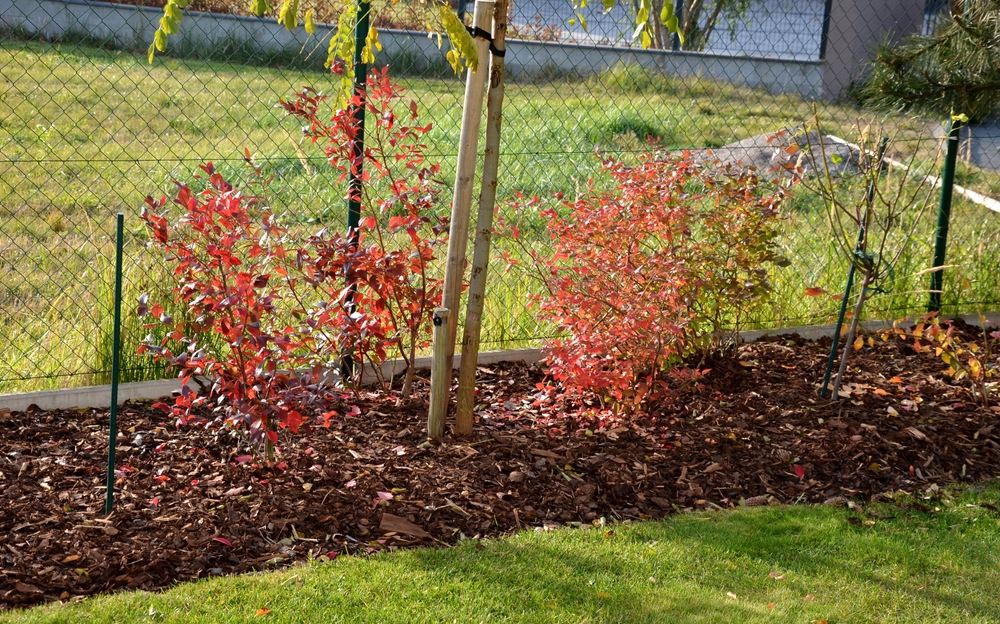Successful Spring Planting
In spring everyone's a gardener. There is something in the air now that draws us all outdoors with an undeniable optimism and visions of beautiful landscapes and bountiful gardens. While fall remains the best season to plant most woody ornamentals and perennials in our southern climate, late winter through spring is still a great season for planting.
Despite the alluring spell of spring's perfect temperatures and regular rainfall, however, there lurks a different season right around the corner! Summer brings months of hot weather and dry stressful conditions. In order for our plants to survive their first critical summer season, we need to provide some careful assistance.

Proper Planting
An old adage states, "Don't put a $25 plant in a 25 cent hole". Dig the planting hole wider than the rootball or growing container but not any deeper. This will help the growing roots get a good start out into the surrounding soil while preventing the plant from settling, which can lead to major problems.
Don't amend the soil in the planting hole. Placing special soil mixes in the hole just creates an underground flowerpot. The plant will have to grow in the soil from the bed anyway, so use the soil from digging the hole. If you feel the soil is poor, add compost to the entire bed area and mix it in well, then dig the planting hole.
Set the plant at the same level it was growing in the container. Firm the soil in around the roots and water well to eliminate air pockets. Don't add dry synthetic fertilizer in the planting hole, unless it is a special slow-release product made for such use. Otherwise tender new roots can be burned.
Build a Berm
During the first few months it's important to keep the plant's rootball and the soil immediately surrounding it moist. It is tricky to do so without keeping the soil soggy, which can kill roots. A raised ridge of soil encircling the plant about two or three times the diameter of the rootball serves as a practical way to soak the roots periodically. Water tends to run off the surface otherwise.
Keep in mind that even if a rain soaks the soil, after a couple of hot summer days the rootball can become so dry that it needs water. As the season progresses, the goal is to wean the plant from frequent light waterings to infrequent soakings in a much larger area.

Mulch, Mulch, Mulch
An application of surface mulch helps hold in soil moisture and deter weeds from germinating. Apply mulch to as wide an area as is practical. This gives the most benefit and keeps the mower and line trimmer away from the plant trunk or stems. It is fine to wait a few weeks to mulch, but don't wait too long or weeds will be happy to fill any bare soil.
A Boost of Nutrition
Once the plants have had a few weeks to adjust to their new environment and start to produce new root growth, begin fertilizing them. Light, frequent applications are best. A soluble or liquid product applied every week or two works great. So does a dry fertilizer sprinkled evenly in a large circular area around the plant and lightly scratched into the soil surface. As a general guide, apply 2 tablespoons of a 3-1-2 or 4-1-2 ratio product throughout a 2-foot circular area around each plant. Repeat monthly from spring to midsummer. If you choose an organic product, double the above rate as natural products tend to be lower in nutrient concentration.
With a little TLC, your new plants will not only survive but thrive through their first growing season. Such extra attention to those new investments in your homescape will really pay off in the future.
For more information please see National Garden Association.








